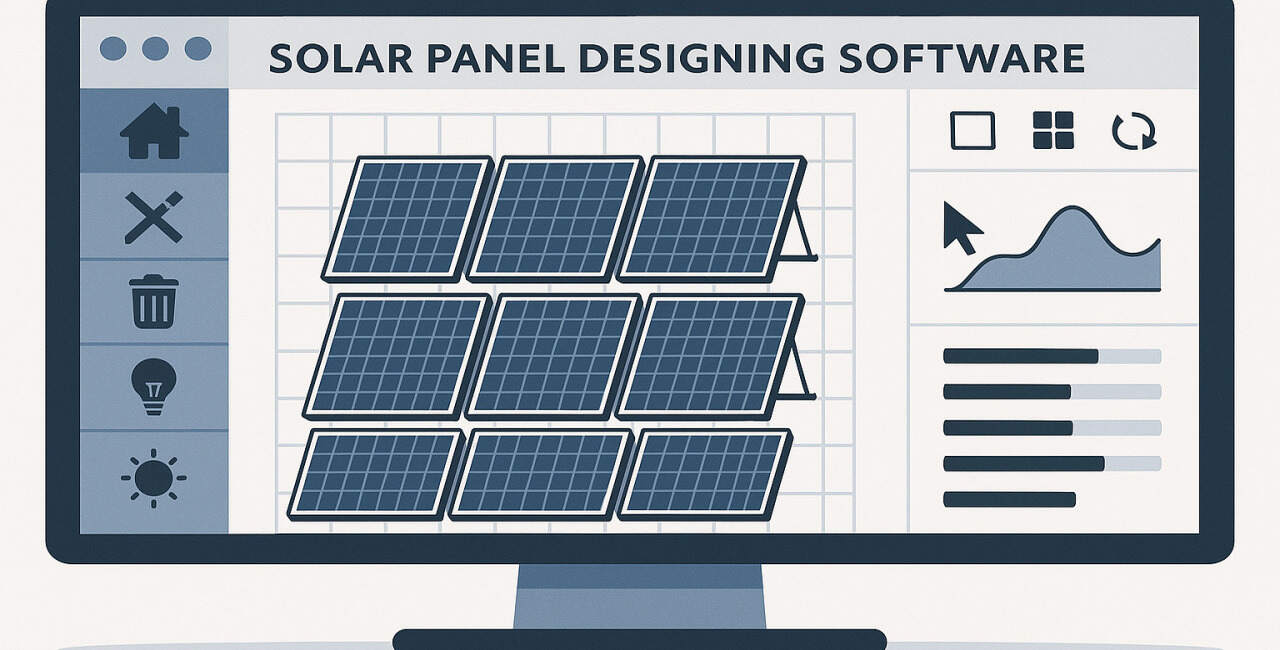As the solar industry grows, design accuracy and efficiency are critical for successful project execution. In 2025, solar design software platforms will help engineers, EPCs, and installers optimize system layouts, improve yield predictions, and reduce costs. Here are the top 10 solar design tools to consider:
1. PV*SOL Premium
A dynamic simulation software for designing grid-connected and off-grid systems with 3D visualization.
2. Helioscope
A cloud-based tool that combines layout design and performance modeling, widely used by solar professionals.
3. Aurora Solar
Offers AI-powered shade analysis, financial modeling, and sales proposals, making it a favorite for C&I projects.
4. PVsyst
One of the most trusted platforms for detailed energy yield simulations and bankable reports.
5. SolarDesignTool
Best for residential projects, with easy CAD integration and quick proposal generation.
6. HOMER Pro
Ideal for hybrid solar-diesel-battery projects, widely used in microgrids and off-grid solutions.
7. SketchUp with Extensions
A versatile 3D modeling tool enhanced with solar plugins for layout and shading analysis.
8. RETScreen Expert
A clean energy management software by Natural Resources Canada, useful for feasibility and financial studies.
9. OpenSolar
Free-to-use, cloud-based platform offering professional design, financial modeling, and proposal creation.
10. Solarius PV
Provides advanced 3D modeling, shading analysis, and compliance with international standards.
Choosing the right solar design software in 2025 depends on project scale, complexity, and budget. While PVsyst and Helioscope dominate utility-scale projects, tools like Aurora Solar and OpenSolar are transforming residential and C&I markets. Leveraging these platforms ensures higher efficiency, better accuracy, and stronger project returns.




